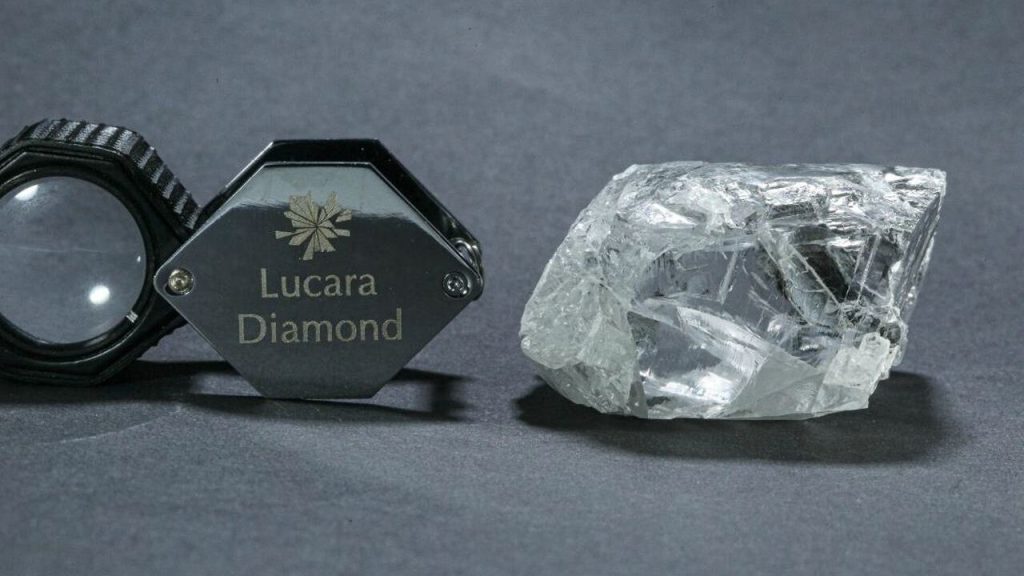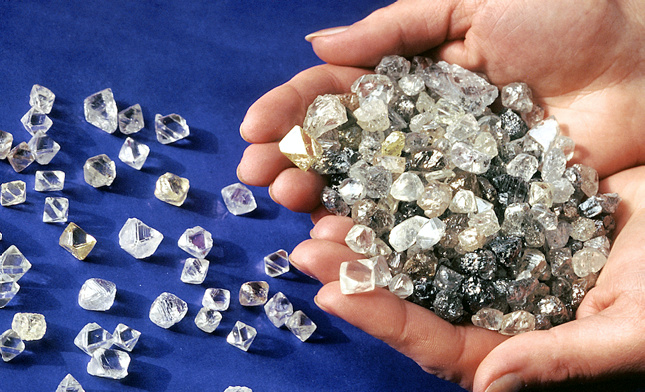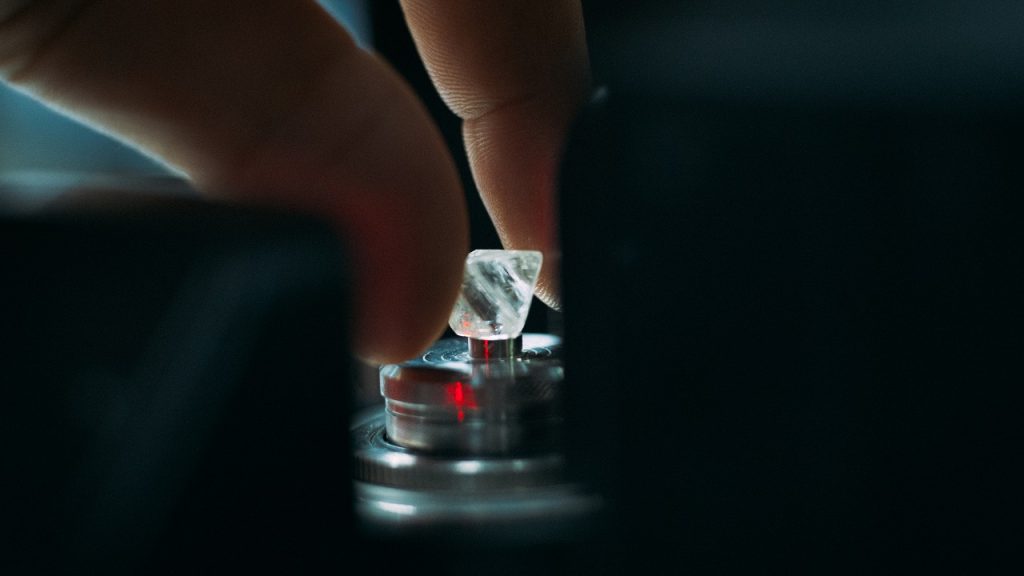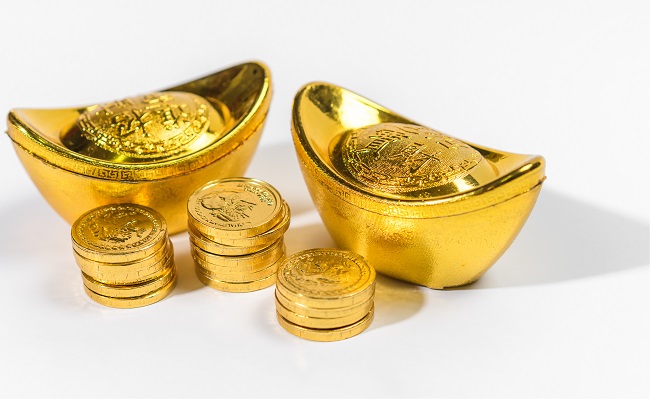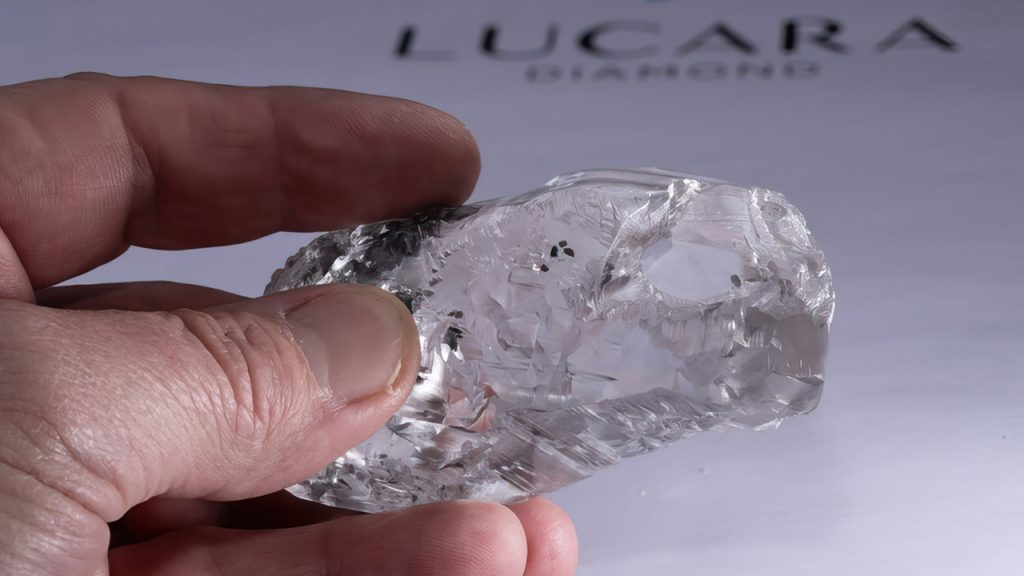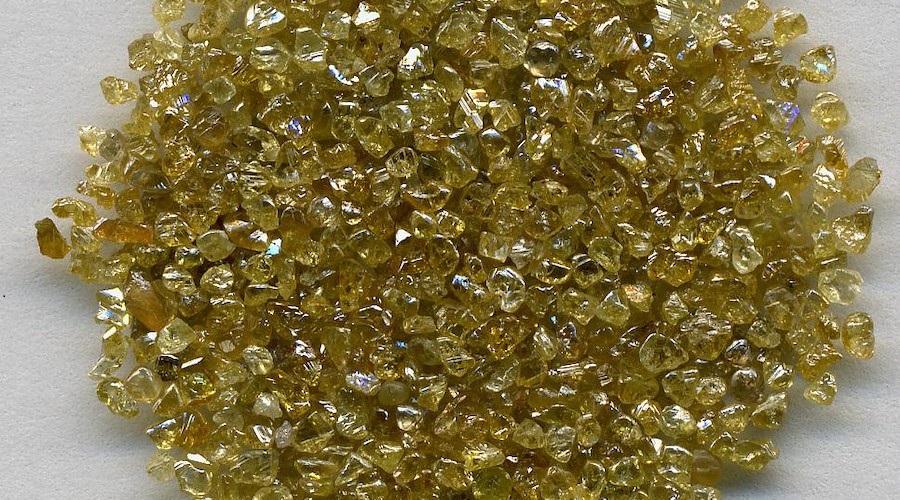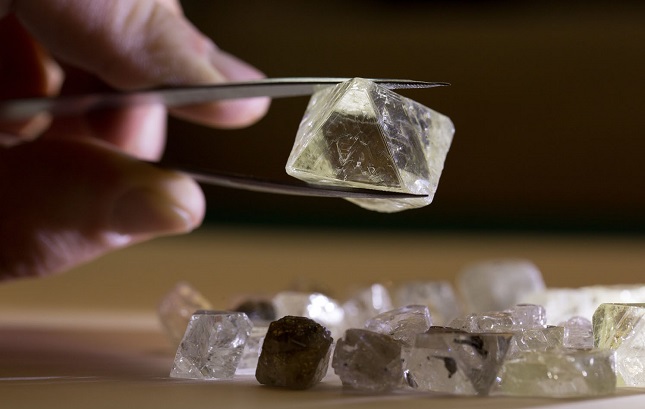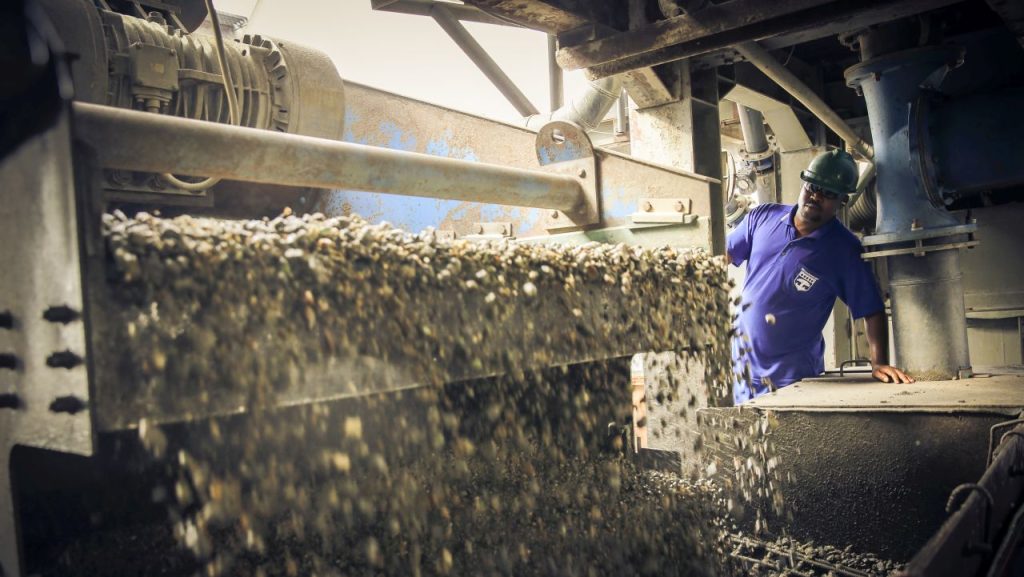
Petra Diamonds’ rough prices decreased at its first tender of the fiscal year as the anticipated pickup in demand proved disappointing.
The August trading session brought in $79.3 million from the sale of 696,194 carats, with like-for-like prices — those for similar categories of diamonds — falling 4.3% compared with May, the miner reported Friday.
The slowdown was primarily due to flagging prices for rough between 2 and 10.8 carats, which dropped 14% on a like-for-like basis. Prices for diamonds under 2 carats rose 1% to 2%, Petra noted.
While the tender saw strong attendance, “demand was more muted than we had expected in exiting the summer holiday period,” explained Petra CEO Richard Duffy. “The expected seasonal improvement in demand was evident for higher-quality 10.8-carat-plus stones, with solid prices realized. [However,] this was offset by slower demand for 2- to 10-carat size ranges.”
The miner did not sell any exceptional stones during the tender, it reported, though it did garner $1.7 million for a 20.9-carat yellow diamond from its Cullinan deposit.
Overall sales value rose 88% from May’s $42.1 million but slid 23% from the equivalent tender a year earlier, which took place in September 2022. Sales volume was up 49% from May and 34% year on year, while the average price jumped to $114 per carat from the previous tender’s $90.
The August tender did not include any output from the Williamson mine; Petra plans to sell material from that site at its September sale. However, the latest round did feature all the rough Petra had chosen to defer in June, when it postponed its sixth tender due to the sluggish market.
The August sale also contained 75,880 carats of goods that Petra had withdrawn from the May tender due to low bids. Prices for those goods were largely unchanged from May’s offers, but Petra expects demand to rise in the coming months.
“As we enter a seasonally stronger period [that] includes Diwali, Thanksgiving, Christmas and the Chinese New Year, we remain optimistic that jewelry demand will improve and provide some support to prices over the balance of the calendar year,” Duffy said.
Main image: Ore processing at the Williamson mine.
Source: Diamonds.net

